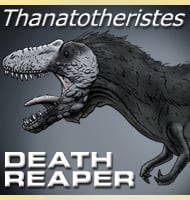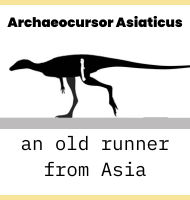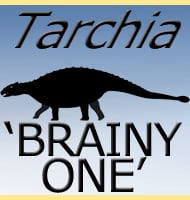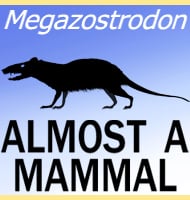In Depth
The largest species of Captorhinus approaching eighty centimetres long is C. magnus, with other species around forty centimetres long. The other difference between the species is C. aguti which has more than one row of teeth. The arrangement of the teeth at the back of the mouth suggest that Captorhinus mashed plant leaves in its mouth before swallowing.
Further Reading
– Osteology and Relationships of Captorhinus aguti (Cope) (Reptilia: Captorhinomorpha). – The University of Kansas Paleontological Contributions, Series Vertebrata 11:1-79. – R. C. Fox & M. C. Bowman – 1966. – Captorhinus vs. Hypopnous (Reptilia, Captorhinomorpha). – Journal of Paleontology 41(1):264-265. – D. Baird & R. L. Carroll – 1967. – Captorhinus magnus, a new captorhinid (Amniota: Eureptilia) from the Lower Permian of Oklahoma, with new evidence on the homology of the astragalus. – Canadian Journal of Earth Sciences 39(9):1363-1372. – R. A. Kissel, D. W. Dilkes & R. R. Reisz – 2002. – The Ontogenetic Osteohistology of the Eureptile Captorhinus aguti (Reptilia: Captorhinidae) and the Community Histology of the Early Permian Fissure-Fill Fauna Dolese Quarry, Richards Spur, Oklahoma. – ProQuest. – E. J. Richards – 2016. – Skull Sutures and Cranial Mechanics in the Permian Reptile Captorhinus aguti and the Evolution of the Temporal Region in Early Amniotes. – Frontiers in Ecology and Evolution. 10. – Pascal Abel1, Yannick Pommery, David Paul Ford, Daisuke Koyabu & Ingmar Werneburg – 2022.









